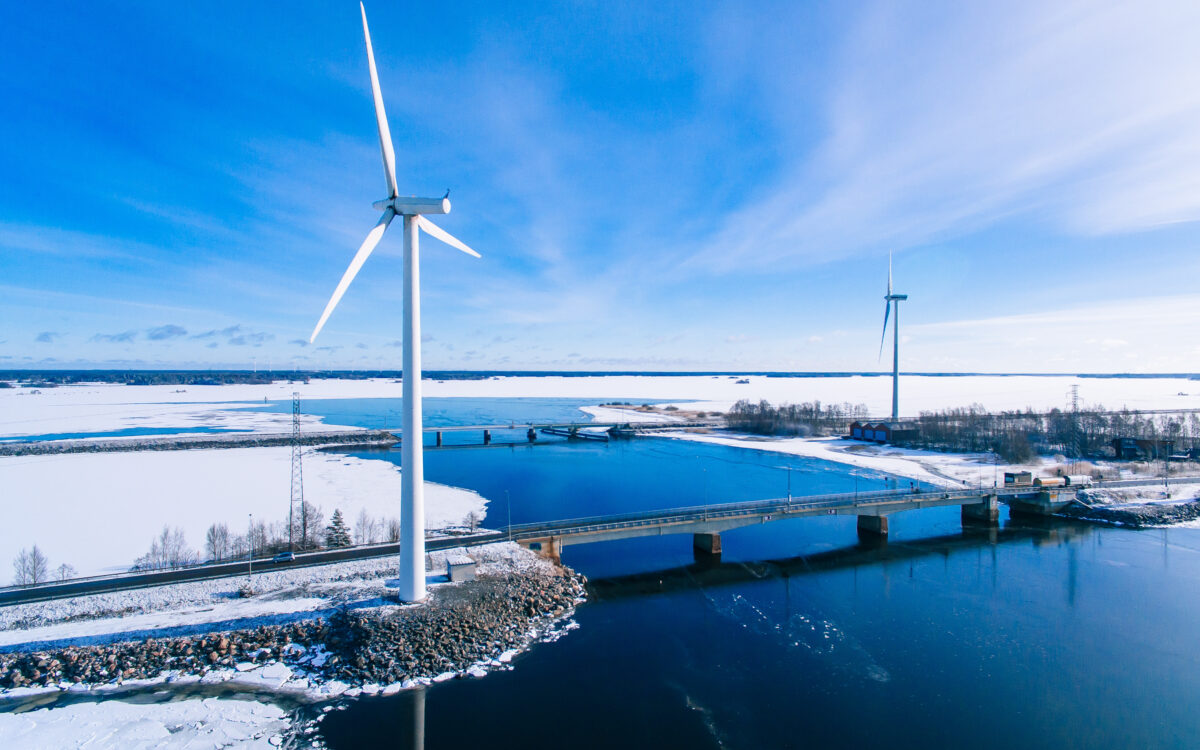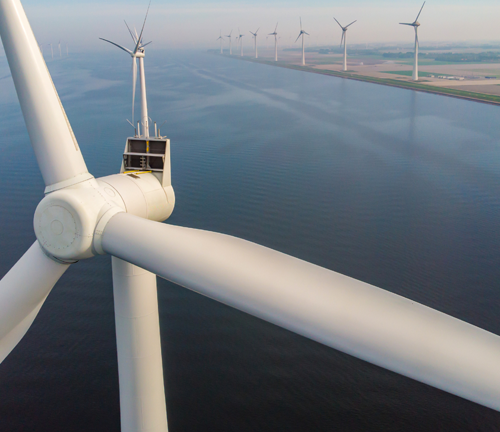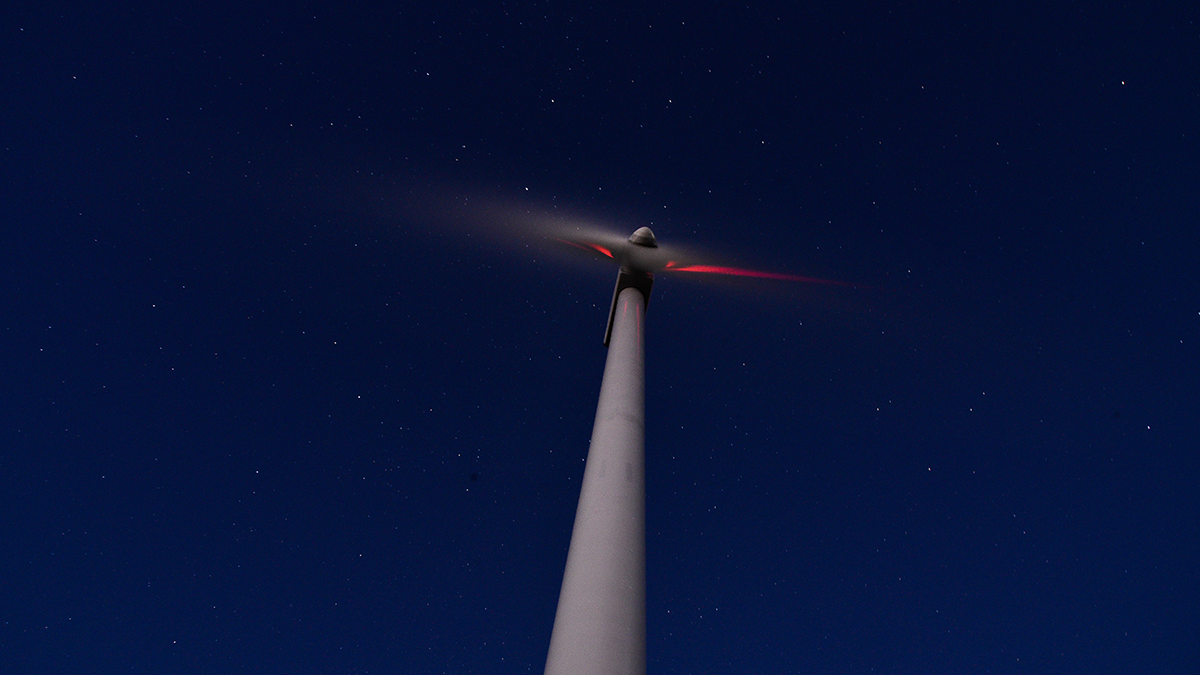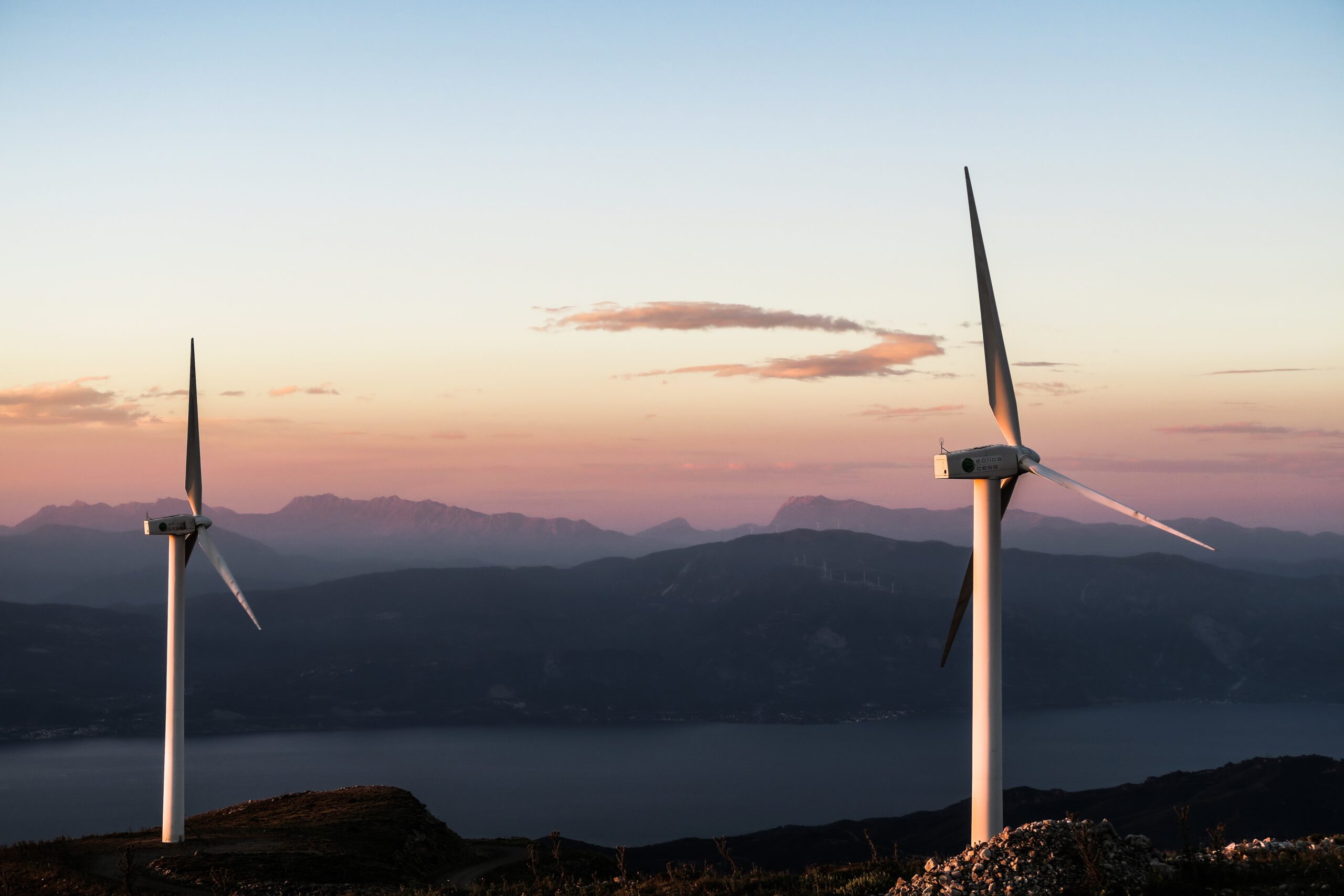Wind energy doubters often raise concerns about its viability in cold climates. Let’s debunk the myths and explore how wind turbines keep spinning through freezing temperatures.
Wind Power: A European Powerhouse
Wind energy is a major player in Europe’s electricity grid, contributing nearly a fifth of the region’s power needs. In countries like Denmark (55%) and Ireland (34%), wind plays an even more significant role. With nearly 3,000 turbines braving the icy North Sea and even a few in Antarctica, wind’s ability to withstand cold weather is undeniable.
Wind vs. Winter: Separating Fact from Fiction
A recent viral post claimed a Swedish cold snap led to a massive drop in wind farm electricity production. This narrative suggests wind farms might fare better with “global warming.” However, let’s address the core question:
Can Wind Turbines Withstand Freezing Temperatures?
Modern wind turbines are engineered to handle frigid conditions, typically down to -30 degrees Celsius. However, ice accumulation on blades caused by freezing rain, high wind chill, or fog can disrupt smooth operations.
- The Icing Effect: Ice disrupts blade aerodynamics, reducing efficiency and potentially causing imbalances. WindEurope, the European wind energy association, explains that turbines might need to shut down to prevent these issues.
- Safety First: Ice thrown from blades poses a safety hazard. The Swedish Wind Energy Association (SWEA) emphasizes the importance of safety distances during icy conditions and reports no injuries from falling ice.
Keeping the Blades Ice-Free: A Toolbox of Solutions
The wind industry has developed ingenious solutions to prevent icing and melt existing ice:
- De-icing Technologies: Modern turbines boast control room-operated de-icing systems. These include blade heating (hot air circulation), mechanical de-icing devices, special fluids, and blade vibration systems.
- Cutting-Edge Innovations: A Swedish company, Skellefteå Kraft, uses a pioneering technique where a thin, heated carbon fiber layer coats the blades to prevent icing.
- Cold Climate Packages: Manufacturers like Nordex offer “cold climate packages” that claim to reduce energy losses by up to 80% during icing conditions.
- Aviation Inspiration: Professor Hui Hu, an aerospace engineer, highlights that many wind turbine de-icing strategies are borrowed from aviation practices. As the industry grows, further research and development are being invested in optimizing these solutions.
Shutdowns and De-Icing: Rare but Necessary Steps
SWEA explains that in rare cases of heavy icing, wind farms are shut down, and specialized companies are called in for de-icing. Helicopters might even be deployed for particularly challenging situations.
The Texas Freeze: A Case Study in Misinformation
In February 2021, Texas experienced a record-breaking cold snap that led to power outages. While some wind turbines did freeze, leading to a 16GW loss in wind and renewable energy capacity, the bigger culprit was the failure of fossil fuel sources – gas, coal, and nuclear – resulting in a 30GW shortfall, according to ERCOT, the state’s energy supplier.
Critics were quick to blame wind farms, but the facts paint a different picture. Most Texas turbines weren’t designed for such extreme cold weather. Professor Michael Howland of MIT’s Department of Civil and Environmental Engineering emphasizes that the lack of proper winterization was the primary issue.
The misinformation campaign used an image of a helicopter “rescuing” a frozen Texas turbine. Fact-checkers revealed the photo actually depicted a 2014 incident in Sweden where a helicopter used hot water to de-ice a turbine. The CEO of the helicopter company even highlighted that such interventions help reduce carbon emissions by quickly restarting wind turbines – the very purpose they serve.
Conclusion: Wind vs. Winter – A Battle Won by Innovation
Wind energy has proven its ability to thrive in cold climates. While icing can pose challenges, the wind industry has developed a robust arsenal of solutions to keep turbines spinning and generating clean energy, even during winter’s harshest blasts. By debunking misinformation and acknowledging the industry’s continuous advancements, we can ensure a clear and sustainable future for wind power.




